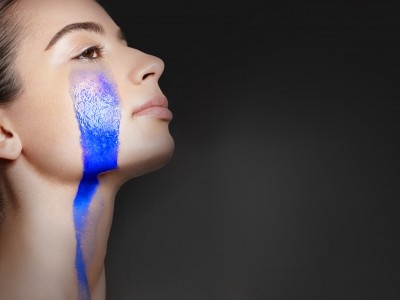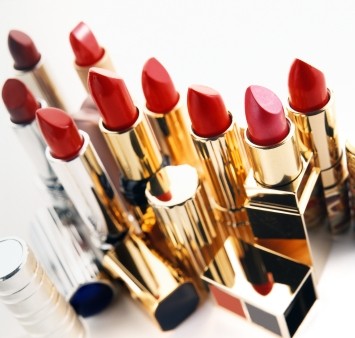Euromonitor: colour cosmetics top industry thanks to emerging markets

Colour cosmetics are growing faster than the overall beauty industry, driven by emerging markets across the Middle East and Africa, according to the new research. The segment added USD 3.4bn of extra value in 2015.
The market research firm states that the rise of internet access and general connectivity in the Middle East and Africa is driving this trend.
Internet’s impact
In the Middle East and Africa, there are three key shifts that are feeding into this rise of beauty in these areas. They are: increased connectivity, rising brand consciousness, and a female workforce.
The percentage of population who own a smartphone in the Middle East and Africa has risen dramatically from 11% in 2010, reaching 46% in 2015, and projected to hit 70% in 2020.
A colourful future
Colour cosmetics is projected to prolong its period of sustained growth up until 2020 with robust growth of US$10.3 billion forecast in absolute value terms, according to Euromonitor.
“The stimulus for this success will be the premium segment, where colour cosmetics is forecast to account for almost 50% of growth, despite only representing 36% of total colour cosmetics in 2015 by value,” the firm explains.
Premium in front: less is more
Hannah Simmons, Associate Beauty and Personal Care Analyst at Euromonitor comments: “The ‘less is more’ mindset surrounding this new consumerism lends itself to the premium segment where often higher price point products lead to people owning fewer in terms of quantity.
“Likewise, the higher quality reflected in a steeper price point implies a need to purchase less often, satisfying the growing desire for maximum value.”
Investing in fewer, but higher quality, possessions is set to become a leading consumer behaviour, the firm predicts.








